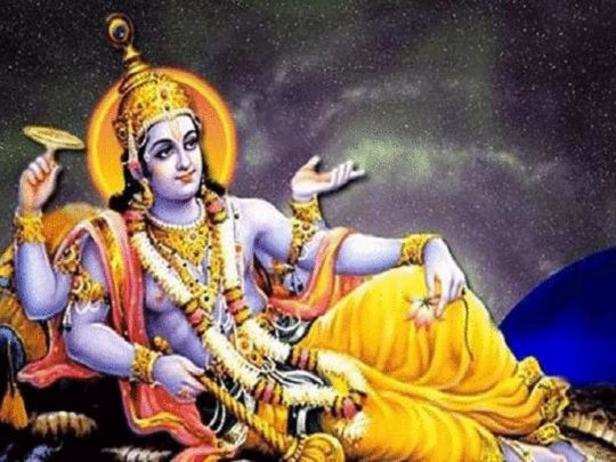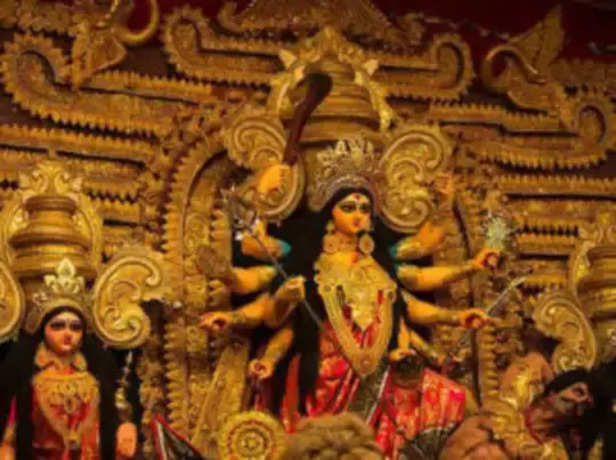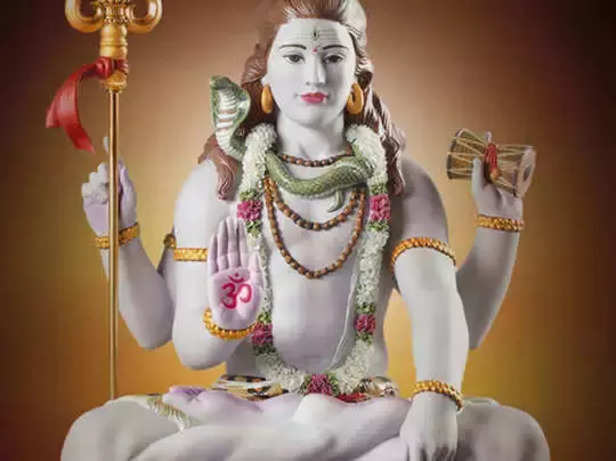Why Do Hindu Gods Often Have Multiple Arms?
In Hinduism, deities are more than objects of devotion; they embody profound universal truths. Each additional limb they possess is not merely physical but symbolizes a concept, serves a purpose, and wields power. Once you grasp their significance, your perspective on the world and even on yourself will transform.
1. The Many Arms of Divinity: A Symbol Beyond the Physical

In ancient Hindu texts, gods and goddesses are often described as having multiple arms to signify their immense power and capability. But this isn’t about physical strength—it’s about a reality beyond human limitation. The Upanishads and Puranas describe Brahman, the ultimate reality, as something infinite, beyond form and boundaries. The gods and goddesses, as manifestations of that higher reality, are depicted with multiple arms to show that they are not confined by the limits of the human body. They are not bound by time, space, or the constraints of a single action at a time.
Take a moment to consider this: humans function with constraints—two arms, two eyes, and minds capable of handling only limited information simultaneously. In contrast, gods embody what transcends these limitations. The numerous limbs they possess symbolize their existence in realms where several actions, various truths, and distinct realities can occur concurrently. They pervade every aspect, performing myriad tasks instantaneously. This concept doesn't merely belong to traditional myths; rather, it serves as an explanation for profound cosmic principles governing our universe.
2. Power is Not Just Strength—It’s Awareness

Every arm of a deity holds something significant—a weapon, a blessing, a symbol of wisdom. This is because power in Hinduism is not just brute force. It is the ability to act in multiple ways, to hold different energies simultaneously.
1. Vishnu, the preserver of the universe, has four arms, each holding something that represents the order of existence: the conch (cosmic sound), the discus (time and destruction), the mace (strength), and the lotus (purity and transcendence). His arms are not just a visual; they are a message—creation and destruction, time and eternity, strength and wisdom are all part of the same reality.
2. Shiva, the god of transformation, is often seen with multiple arms while performing the Tandava , the dance of destruction and renewal. He destroys and creates simultaneously because in reality, every ending is a beginning. His many arms show that destruction is not separate from creation—it is a part of it.
3. Durga, the warrior goddess, holds weapons in all her many arms, showing that true strength is not just in fighting, but in the ability to face all challenges at once. She rides into battle not just with force but with wisdom, grace, and unwavering focus. Each weapon in her hands represents a quality—discipline, courage, justice, divine power—because true victory is not just about defeating an enemy, but about mastering the forces within yourself.
What this tells us is that real power is not in having more weapons or more strength—it is in the ability to balance different forces, to act with awareness, and to hold multiple truths at once.
3. The Deeper Lesson: What This Means for Us

We may not have multiple arms (although some days, we wish we did), but the symbolism still applies. The gods teach us that life demands more than just one way of thinking, one way of acting. It requires us to embrace complexity, to hold different aspects of ourselves together, just like they do. You don’t just need strength—you need wisdom. You don’t just need action—you need patience. You don’t just need power—you need purpose.
In a way, the gods are showing us a blueprint for how to live. Life is not about doing just one thing at a time—it’s about being able to hold many things, many truths, many perspectives, all at once. It’s about knowing when to fight, when to protect, when to let go, and when to create something new.





